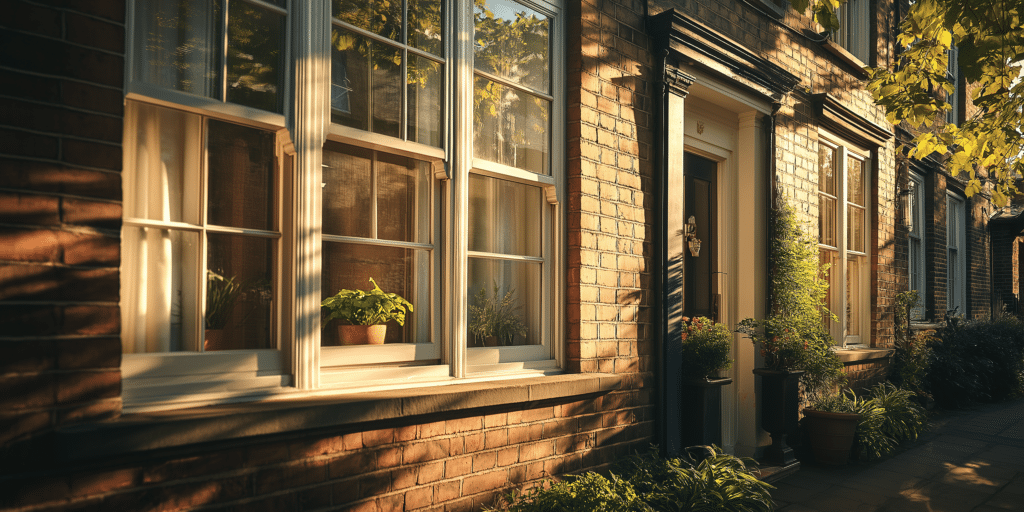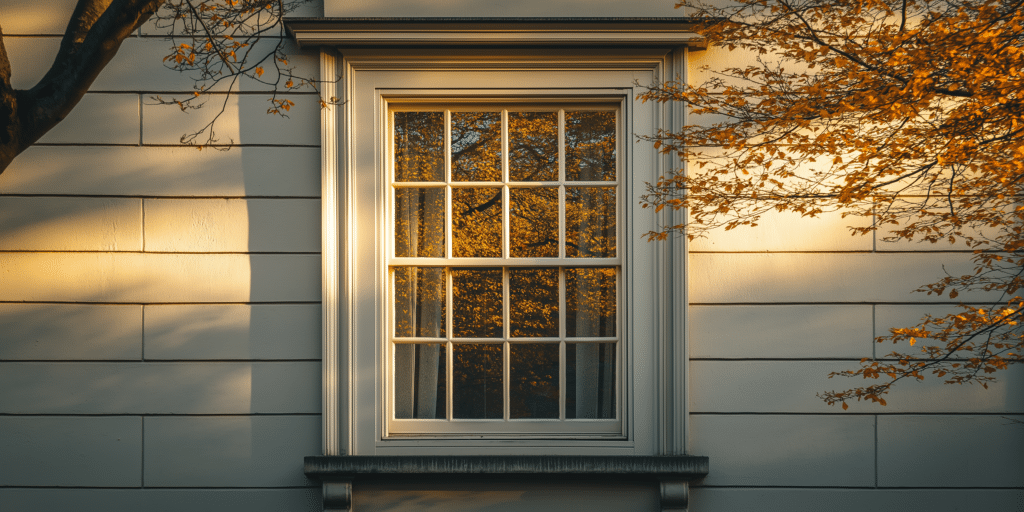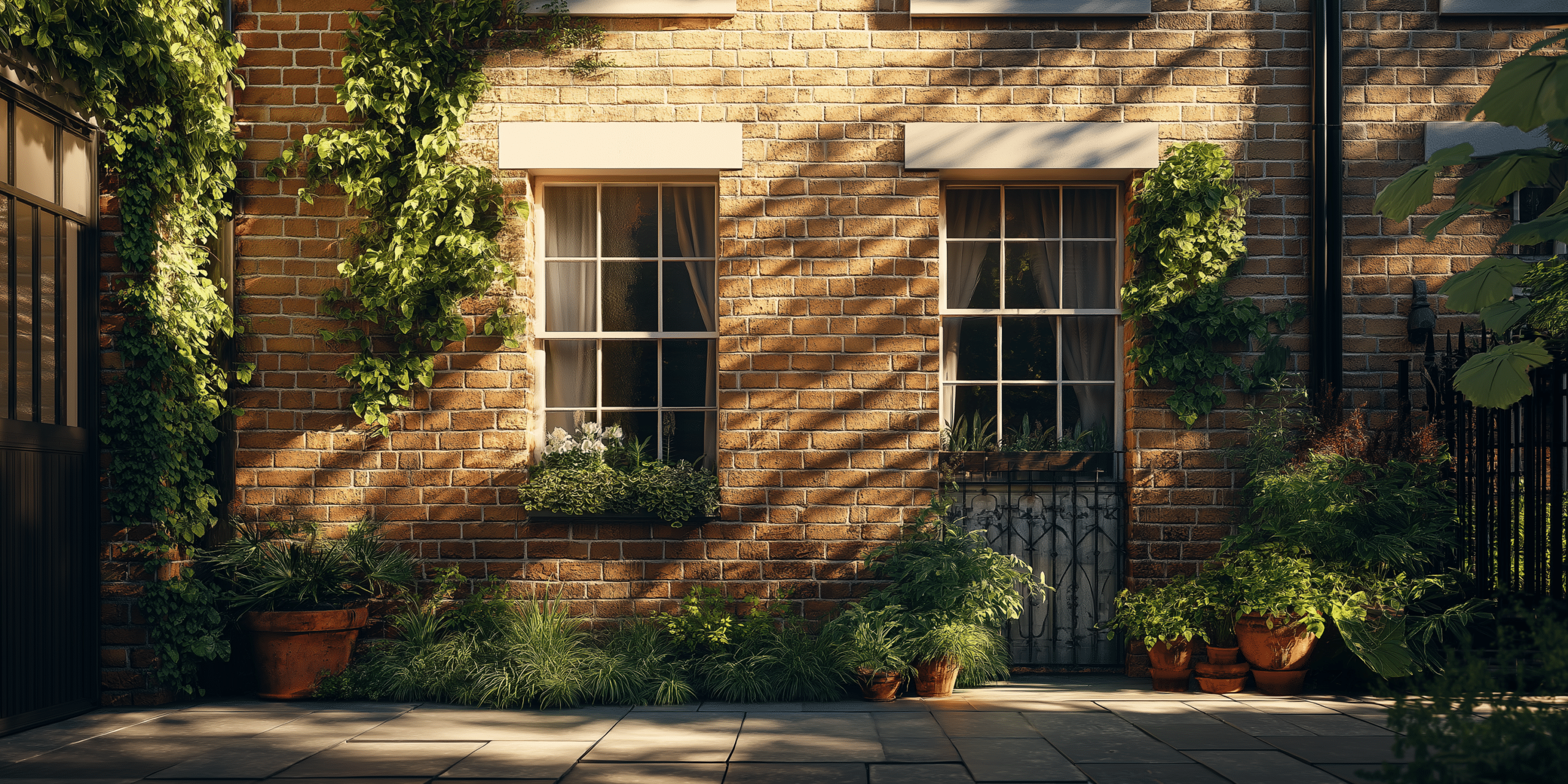Introduction to Sash Window Toughening

Sash window toughening refers to the process of reinforcing traditional sash windows by using toughened glass, also known as tempered glass. But why is this process so essential in modern homes? The answer lies in the enhanced safety and durability that toughened glass provides. Standard glass can shatter easily upon impact, creating sharp, hazardous shards. In contrast, toughened glass breaks into small, less dangerous pieces, significantly reducing the risk of injury—especially in high-traffic areas, homes with children, or public buildings.
The glass undergoes a tempering process, heated to over 600°C and rapidly cooled. This process alters the internal structure of the glass, increasing its strength by up to five times compared to regular glass. In practical terms, your sash windows become more impact-resistant, offering better protection against accidental damage or break-ins.
Another key benefit of toughening sash window glass is energy efficiency. Modern toughened glass options, such as low-emissivity (Low-E) glass, help reduce heat transfer, contributing to better insulation. This lowers energy bills, making it an ideal solution for energy-conscious homeowners. Additionally, toughened glass improves UV protection, helping to safeguard your furniture and carpets from fading due to prolonged sun exposure.
In summary, the main differences between toughened glass and standard glass lie in its safety, durability, and energy-saving features. These benefits are driving more homeowners to consider upgrading their sash windows.
The Importance of Toughened Glass in Sash Windows
Toughened glass is essential to modern sash windows, but why is it so crucial for safety? The main risk posed by standard glass is the potential for serious injury in the event of breakage. Toughened glass helps mitigate these risks. Unlike regular glass, which breaks into sharp, hazardous pieces, tempered glass shatters into small, blunt fragments that are far less likely to cause harm.
Toughened glass can provide additional safety if your home is near busy streets, schools, or playgrounds. Moreover, homeowners in areas prone to extreme weather conditions, such as high winds or hailstorms, should consider toughened glass to withstand these elements. Even in home renovations or listed buildings, toughened glass enhances safety while preserving the property’s historical value.
Over time, sash windows with standard glass may require frequent repairs due to cracks or breakages. Toughened glass, however, is far more resilient to everyday wear and tear, extending the lifespan of the window unit and reducing maintenance costs.
How Toughened Glass is Manufactured for Sash Windows
The process begins by cutting standard glass to the required size and shape. The glass is then placed into a specialised oven heated to around 620°C. After reaching this high temperature, the glass is subjected to a rapid cooling process known as quenching. This involves blasting the glass with cold air, which forces the outer surface of the glass to cool faster than the inner layers, creating a state of tension. The result is a glass panel that is much stronger and more resistant to impact.
Each piece of toughened glass undergoes rigorous quality control checks. These include testing for thermal shock resistance, load-bearing capacity, and impact resistance. This ensures that the glass used in sash windows complies with local building regulations and offers optimal safety and durability for residential or commercial use.
Despite the intense tempering process, toughened glass retains its clarity and transparency, ensuring that your sash windows maintain their aesthetic appeal. Advanced coatings such as anti-glare and UV protection can also be added to toughened glass, further enhancing its performance.
Legal and Building Code Requirements for Sash Window Toughening

Are there any legal or building code requirements for installing toughened glass in sash windows? Yes, many countries, including the UK, have strict regulations governing the use of toughened glass in certain areas of homes and commercial buildings. For example, UK Building Regulations Part K requires toughened or laminated safety glass in critical areas such as doors, low-level windows (below 800mm), and glass panels within 1.5m of a door. Failure to comply with these requirements could result in fines or legal action, particularly if an injury occurs due to non-compliance.
What about heritage or listed buildings? There are additional considerations for these. Building regulations for toughened glass may still apply, but special provisions ensure that the historical authenticity of sash windows is preserved. In these cases, custom-made toughened glass can be produced to fit the exact specifications of the original windows while meeting modern safety standards.
While many European countries, the United States, and Australia also have stringent safety requirements for sash windows, the specific building codes can vary. In the US, for example, the International Building Code (IBC) sets standards for safety glass in both residential and commercial buildings. At the same time, heritage properties may have more lenient requirements to preserve architectural integrity.
Types of Toughened Glass Available for Sash Windows
One of the most popular is laminated glass, consisting of two or more layers of glass bonded with a clear plastic interlayer. This type of glass offers additional security and soundproofing benefits. Another option is Low-E toughened glass, which features a special coating that reflects heat back into the room while allowing natural light to pass through, improving energy efficiency.
Laminated glass is excellent for security and noise reduction but is typically more expensive than standard toughened glass. Low-E glass is a great option for improving energy efficiency, particularly in homes that experience high heat loss. Still, it may not provide the same level of impact resistance as laminated glass. Double-glazed toughened glass is another common option, providing both enhanced safety and insulation, making it ideal for homeowners looking to boost both energy efficiency and security.
Benefits of Installing Toughened Glass in Sash Windows
Its strength makes it much harder to break than standard glass, a significant deterrent to burglars. In fact, many insurance companies recommend or even require toughened glass for windows on ground floors or in high-risk areas.
But it’s not just about security—energy efficiency is another critical benefit. Toughened glass can be combined with double glazing or Low-E coatings to create a window that effectively insulates your home, reducing heat loss during winter and keeping the house cooler in summer.
What about soundproofing? Toughened glass is denser than regular glass, helping to block out external noise such as traffic or noisy neighbours. This makes it ideal for homes in busy urban areas or near airports.
In addition, toughened glass provides UV protection, reducing harmful UV rays entering your home. This protects your skin and prevents furniture and floors from fading.
Toughened Glass in Historical Sash Window Restorations

When it comes to historical sash window restorations, integrating toughened glass can seem like a challenge. The good news is that toughened glass can be custom-made to fit the precise specifications of the original sash window frames. This allows homeowners to preserve the aesthetic appeal of historical properties without compromising safety.
One common issue is that traditional window frames may not be deep enough to accommodate modern double-glazed toughened glass. In such cases, restorers often use slim-profile glazing, a thinner version of toughened glass that still provides enhanced safety and performance while maintaining the traditional appearance.
Many restorers choose Low-E toughened glass for listed buildings as it can help improve energy efficiency without altering the building’s appearance. Moreover, UV-resistant coatings can be applied to protect the building’s interior from sun damage, making toughened glass a versatile option for restoration projects.
Finally, toughened glass meets modern safety regulations even in listed or heritage buildings, ensuring that these properties can maintain their historical value while being fit for modern living.
Comparing Toughened Glass with Other Safety Glass Options for Sash Windows
Laminated glass, made from multiple layers of glass and a plastic interlayer, provides higher security. If broken, it remains intact due to the interlayer, making it ideal for high-security areas. In contrast, while strong, toughened glass shatters into small pieces upon impact but offers superior thermal resistance.
Another comparison is between toughened glass and double-glazing. Double-glazed windows consist of two glass panes with an air or gas-filled space in between, enhancing both insulation and soundproofing. Toughened glass can be used in double-glazing to provide additional impact resistance, offering the best of both worlds regarding security and energy efficiency.
For extreme cases, such as homes in high-risk areas, bulletproof or fire-rated glass may be considered. While these offer maximum protection, they are significantly more expensive than toughened glass and are generally over-engineered for residential properties. Homeowners should carefully assess their needs before opting for these alternatives.
Cost Considerations for Toughened Glass in Sash Windows
The price of toughened glass typically depends on various factors, including glass thickness, window size, and customisation needs such as coatings or special features. On average, toughened glass costs around 20-30% more than standard glass, but this is an investment in both safety and long-term durability.
The installation costs of toughened glass may also be higher than those of regular glass due to the additional labour involved in handling and fitting tougher materials. However, the long-term financial benefits often outweigh the initial investment when considering the potential savings from fewer repairs and lower energy bills (thanks to energy-efficient coatings).
Homeowners on a budget might wonder if upgrading to toughened glass is feasible. Thankfully, there are cost-effective options such as using slim-profile toughened glass or combining Low-E coatings with standard double-glazing to balance performance and price.
Toughened glass, due to its durability and better thermal insulation, can help reduce maintenance costs, resulting in energy savings over time.
Installation Process for Toughened Glass in Sash Windows

Due to its heavier weight and unique properties, installing toughened glass requires skilled professionals. First, installers carefully measure the sash window frame to ensure the glass will fit perfectly. Precision is key since toughened glass cannot be cut or modified once tempered.
The glass is then fitted into the sash frame using specialised tools and sealants to ensure airtightness and weatherproofing. Toughened glass requires sturdier supports, so older sash windows may need reinforcement to accommodate the additional weight.
The primary difference lies in the strength and fragility of toughened glass during the installation process. While tougher once installed, the glass can still break if handled improperly before it is fixed into the frame, making the installation process more delicate and precise.
To avoid future issues, homeowners should always ensure that installers follow safety standards and that the installation meets local building codes.
Maintenance and Care for Toughened Glass in Sash Windows
While toughened glass is incredibly durable, it still needs proper care to maintain its clarity and structural integrity. Regular cleaning with non-abrasive cleaners and soft cloths is recommended to avoid scratches, which could compromise the strength of the glass over time.
Toughened glass is more resistant to cracks and chips, but if damaged, it will need immediate replacement due to its shatter-resistant properties. Homeowners should inspect their sash windows regularly for signs of seal failure, such as condensation between panes, which could indicate that the weatherproofing or double-glazing needs attention.
Look for chips along the edges of the glass or scratches that penetrate the surface. If any are found, it’s advisable to have the glass replaced to prevent further weakening.
Regular inspections, gentle cleaning, and promptly addressing any seal failures can extend the toughened glass’s life, ensuring the sash windows remain in optimal condition for years.
Final Thoughts: Is Toughened Glass Right for Your Sash Windows?
If safety, durability, and energy efficiency are top priorities, then toughened glass is an excellent option. It offers far more protection than standard glass and can help reduce energy bills while keeping your home secure.
In addition to enhanced safety and security, toughened glass provides greater resistance to environmental stressors, such as extreme weather or accidental impacts, making it a cost-effective investment.
While toughened glass is more expensive than regular glass, the advantages far outweigh the initial cost. However, if the original sash windows are particularly delicate or historical, homeowners may need to consider the limitations of retrofitting toughened glass.
Ultimately, the decision should be based on your home’s specific needs, your budget, and the balance you wish to strike between maintaining historical authenticity and ensuring modern safety standards.




